Libya
The need to restore Libya to a stable country with a functioning government was part of talks between foreign affairs chiefs of the United Kingdom (U.K.) and the United States (U.S.) during a meeting in London on Thursday.
The U.K. Foreign Secretary, Boris Johnson and his U.S. counterpart, Rex Tillerson discussed Libya within the context of securing it and returning it to a stable democracy.
Johnson on his part said plans by the United Nations to ensure Libyans go to the polls within a year was a good enough timescale.
He was in Libya last month where he held talks with the two major power blocs – General Halifa Haftar in the east and U.N.- backed Tripoli government led by Fayez al-Sarraj.
Tillerson said Libya’s security was important to the extent that it could become the new stronghold of the Islamic State group if appropriate measures are not put in place.
“Again an issue that is important to the United States, to create stability, reconciliation, to restore Libya under a functioning government.
“What we don’t want to see happen is for Libya to become a place to birth additional terrorist organizations or provide opportunities for ISIS to re-emerge in a different part of the world,” he stressed.
Johnson on his Libya visit described the forced ouster of former leader Muammar Gaddafi as a ‘tragedy so far.’ “There’s been a complete breakdown of government authority – Libya is not in a state of civil war – it would be more accurate to describe it as in a state of anarchy.
“There is no government authority who runs the country and there are large parts of it where there is no government at all,” he is quoted to have said.
Key time lines in the Libya crisis
- 1969 – Muammar Gaddafi rose to power
- Feb 2011 – An armed uprising started in the country
- March 2011 – NATO forces entered Libya enforcing a no-fly zone
- June 2011 – The ICC issues an arrest warrant for Gaddafi and his son
- August 2011 – Gaddafi reportedly quit Tripoli as rebels advanced
- October 2011 – He is captured and killed in his hometown of Sirte along with a son
- November 2011 – Saif al-Islam is captured by a militia and held in town of Zintan
- July 2015 – Tripoli court hands death sentence to Saif al-Islam in absentia
- July 2016 – His lawyer announces Saif’s release but it is ‘rubbished’ by his captors
- June 2017 – Second release announced but his whereabouts unknown
- June 2017 – ICC prosecutor issues ‘arrest and surrender’ order for Saif al-Islam
How Libya descended into the present chaos
The north African oil-producer was plunged into an armed conflict in 2011 following an uprising that led to the fall of the regime of Muammar Gaddafi. The North Atlantic Treaty Organization (NATO) joined rebels groups as part of efforts to oust Gaddafi.
NATO primarily enforced a no-fly zone over Libya. After seven months, the UN Security Council voted to end NATO’s mandate on 31 October following the death of Gaddafi. The former leader was captured in his hometown of Sirte and killed by his captors.
Libya is currently split with rival governments holding different parts. Islamic State insurgents also held parts of Sirte until they were recently pushed them out.
Libya has become the biggest security threat in the region whiles Europe continues to suffer floods of illegal immigration which was largely controlled during the Gaddafi regime.



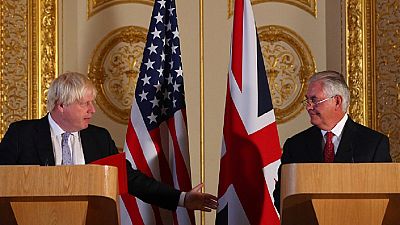

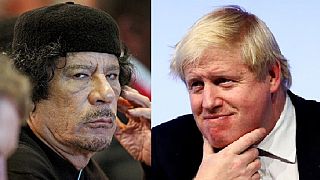
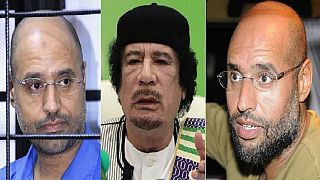
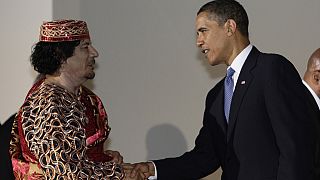
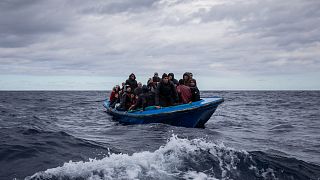

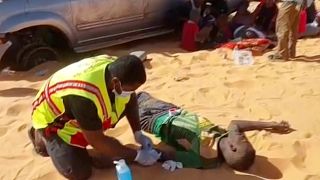
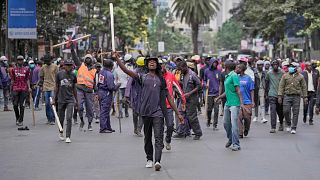


01:06
Brazil launches major security operation ahead of BRICS Summit
01:09
Guinea presents draft for new constitution, referendum set for September
01:12
US President Trump announces surprise summit with five African Nations
01:12
ECOWAS calls for restraint in violent protests in Togo
01:23
USAID officially shuts doors, American government announces
Go to video
Cuban women's volleyball team barred from Puerto Rico tournament after visa denial